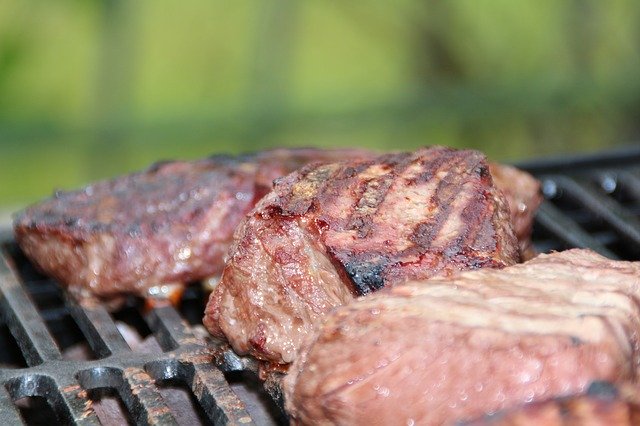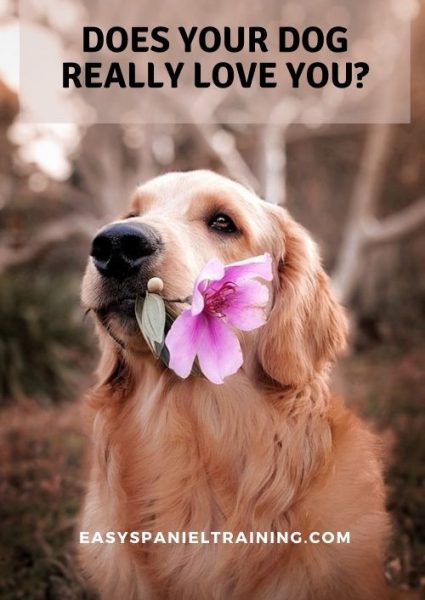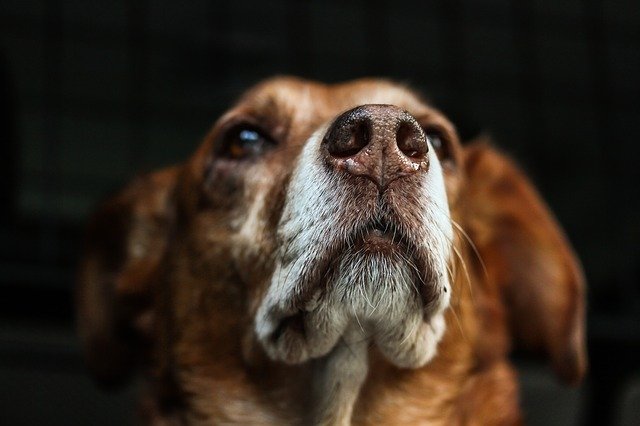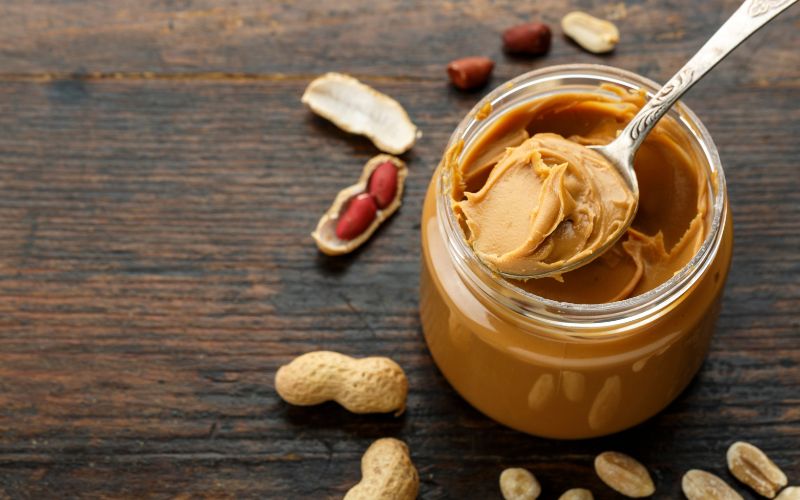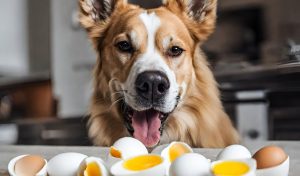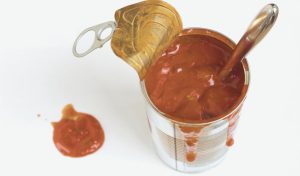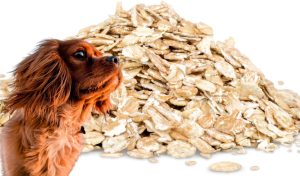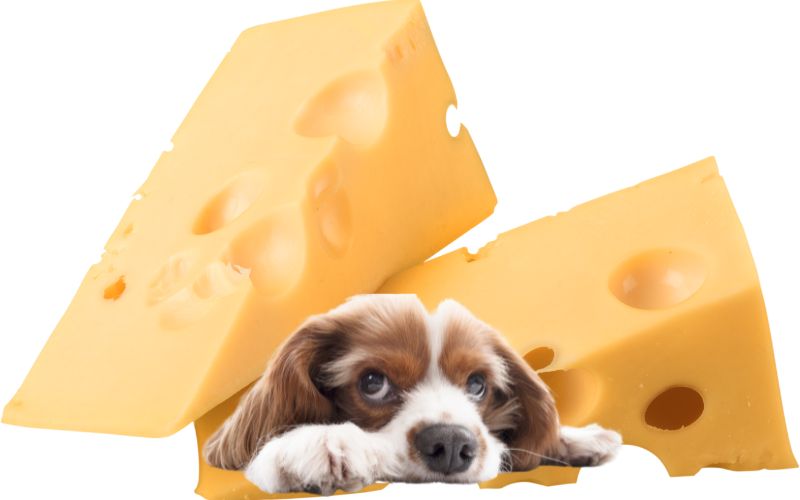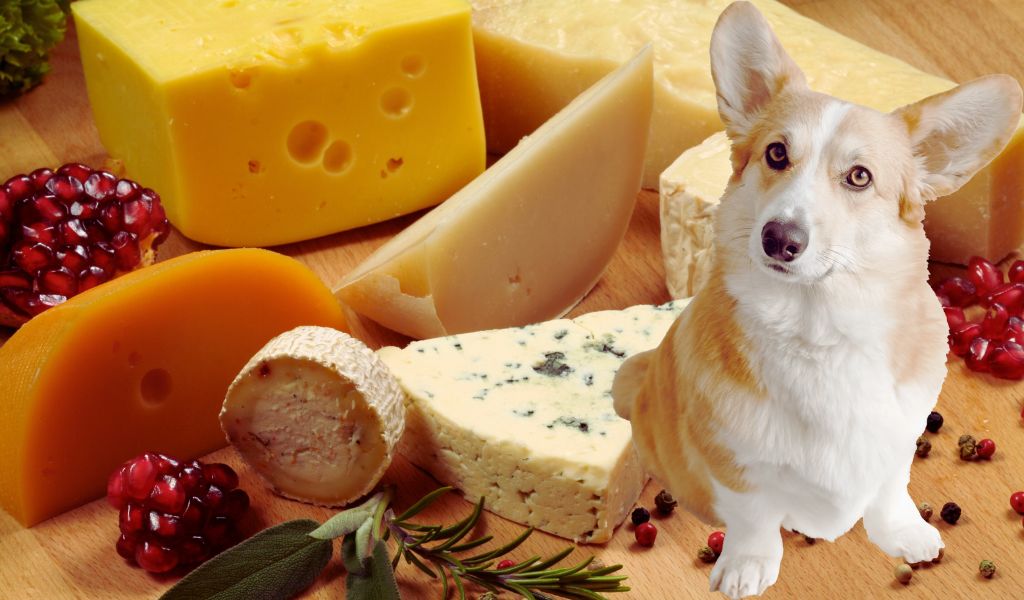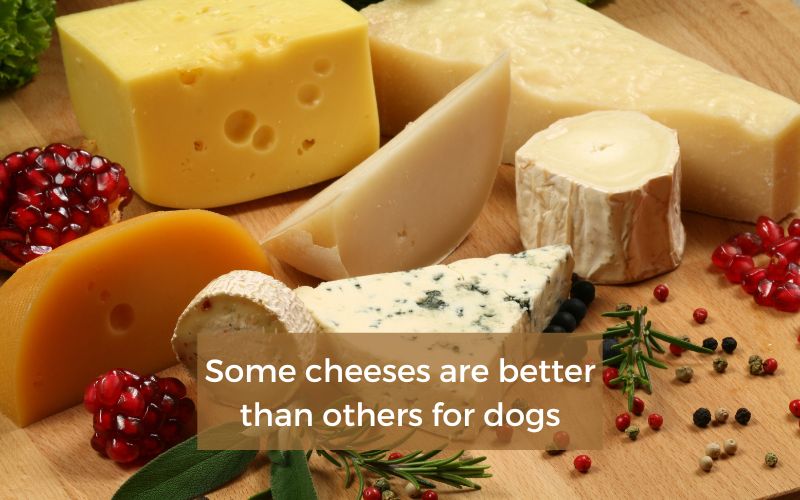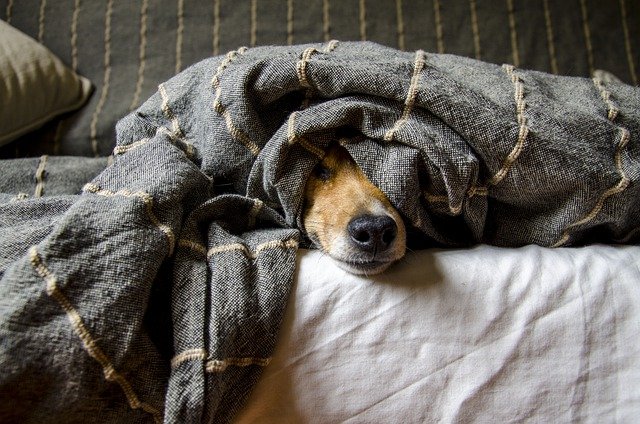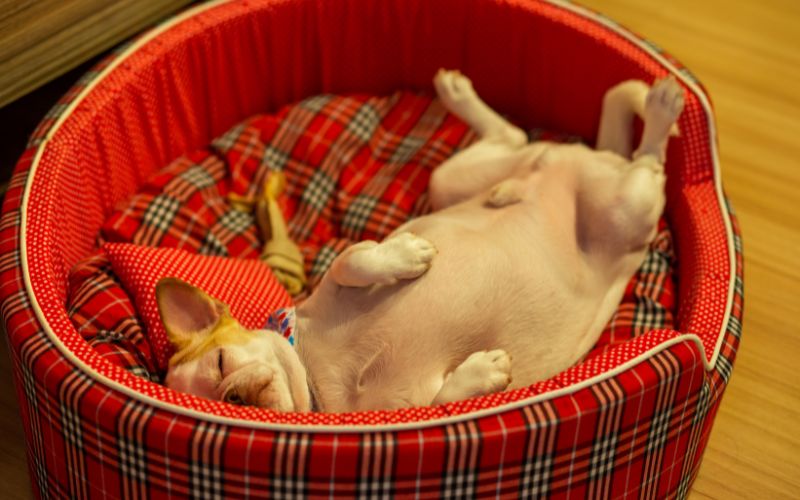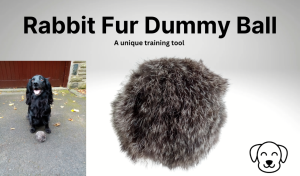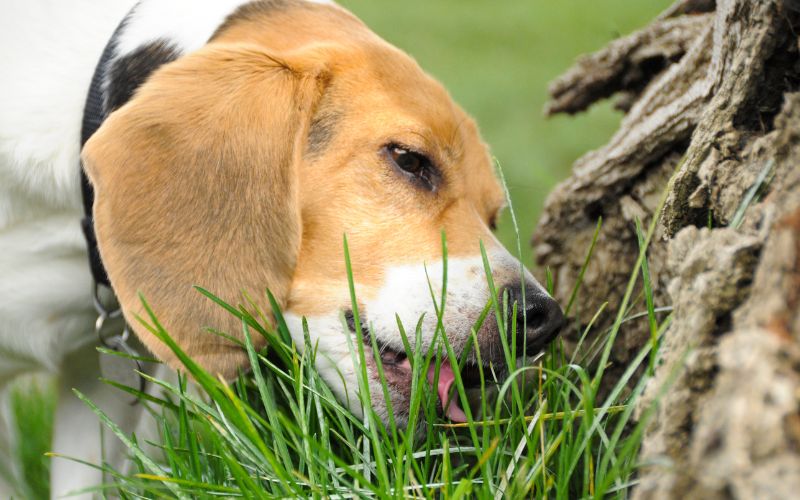Water, most dogs love or hate it with some unable to stay dry when they are near to it and others positively terrified at the sight of it.
The easiest and best way to get a dog to like water is to take him to the beach or river on a hot day, let him run around, maybe play fetch and get him nice and warm. Then, take off your shoes and socks and go for a paddle, encouraging your hot and panting dog to join you in the nice cool water.
Make it a game and he’ll soon enjoy water.
Get your dog to like the water
For a dog that has not had much exposure to water, the concept of going into a fast flowing river or rough sea, or large pond can be scary and it makes sense that many dogs are afraid of water.
Like a young child a body of water can seem massive to a dog that has not seen it before and is not used to it.
If you think about it, it isn’t a natural reaction to get into water is it?
The simplest and best way to get your dog to like water is to make water a fun experience that your dog will enjoy.
Take your dog out when it rains
Have you ever seen children jumping in puddles? It might come as a surprise to learn that most dogs love doing this too.
A good way to increase your dog’s exposure to water if he is afraid, is to take him out when it is raining and let him explore puddles and pools of water.
If he enjoys fetch, then take his favourite fetching ball or toy and play fetch with him, occasionally throwing the toy into puddles. If he is reluctant to go into the water to fetch, encourage him and make a big game of it to show him that it is safe.
Don’t get anxious of frustrated with him if he doesn’t manage it. Slow and gentle perseverance and encouragement will work, just take your time.
Go out with another dog that loves the water
Dogs love to play and have fun with other dogs and you can use this to your advantage if you have a dog that is afraid of water.
If you have another dog, or a friend that has a dog that loves water then why not take the dogs out together for a walk and a play?
Try to find somewhere where there is some gentle water, on a warm day, let the dogs play and eventually they will get thirsty and hot and will head for the water for a drink and to cool off.
The water loving dog will most likely charge in and hopefully your dog will follow. Again encouragement and thinking doggy will eventually work.
Get a paddling pool for your dog
This is a good option and can work really well for dog owners that have children, or who like to be children.
Get yourself a doggy paddling pool, there are plenty available on Amazon that have thick panels and bottoms and are suitable for dogs. I bought one that my dogs love that you can see here.
When it is a reasonably warm day, play with your dog to get him and yourself nice and warm and, put your Speedos on and get into the pool. Encourage your dog to join you and cool off together.
With a bit of encouragement and perhaps a few tasty treats you should be able to entice him into the pool where you can have some fun or just chill out.
Do not listen to the old wives tales ‘experts’
No doubt if you are looking at ways to get your dog to like the water you’ll have come across the armchair or pub experts that are loaded with advice but have never worked with dogs.
The biggest mistake that you can make is to take their advice.
Never:
Throw a dog into the water – if he is already scared of it then you will traumatise him and he’ll be terrified.
Do not fasten him to another dog which will drag him in – you’ll scare the living daylights out of him.
Don’t do anything that these people tell you – smile sweetly and walk away.
Recommended dog paddling pools
[amazon bestseller=”dog paddling pool” items=”3″ template=”table”]
Why does my dog seem to dislike water?
How can I gradually introduce my dog to water to help them get used to it?
My dog loves playing in the sprinkler but hates bath time. Why is this and how can I make bath time more enjoyable?
What precautions should I take when introducing my dog to swimming in a pool or lake?
If they’re not, consider using a dog-friendly life vest. Always supervise your dog when they’re in or around water, even if they’re good swimmers.
Avoid letting them drink the water, especially in pools where chlorine can be harmful, or in lakes where there may be harmful algae or bacteria.
Lastly, always rinse off your dog after a swim to remove chlorine, salt, or any other potential irritants from their fur.
Final Words
Getting a dog to like water is not difficult it just takes some time and thought and some ever dogs will take longer than others to enjoy themselves when around water.
Try to look at the water through your dog’s eyes and think about how you can help him to overcome any fears that he may have. Shallow, gentle water is always better than cold, scary conditions.
If you are prepared to get wet and take your time you may even eventually end up swimming with your dog, and that is a real treat.
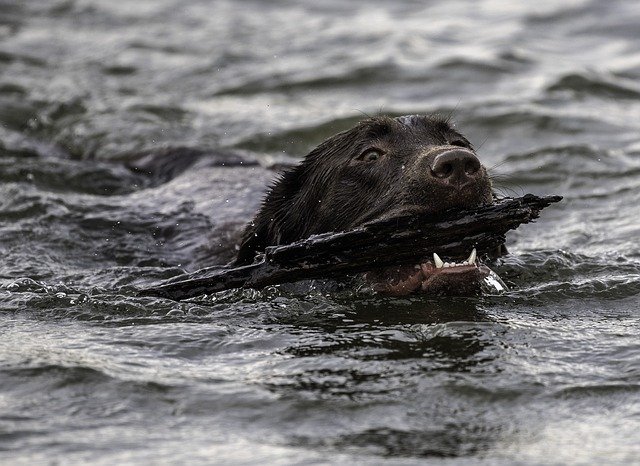

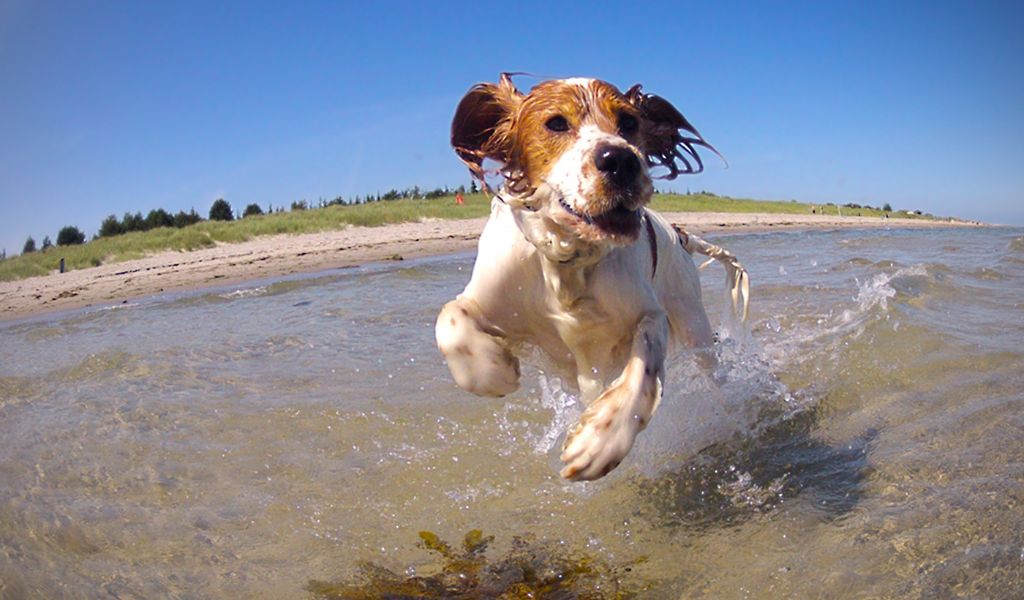

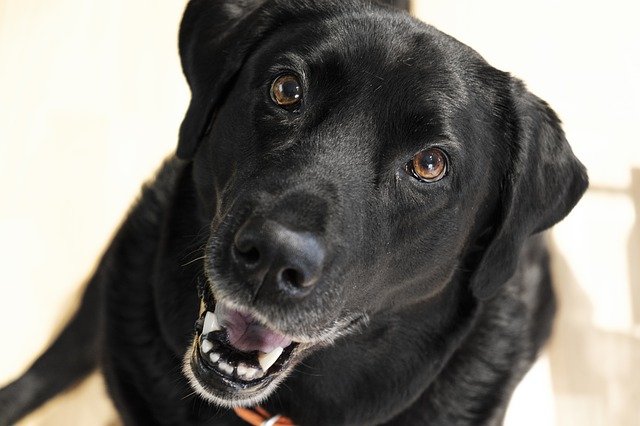
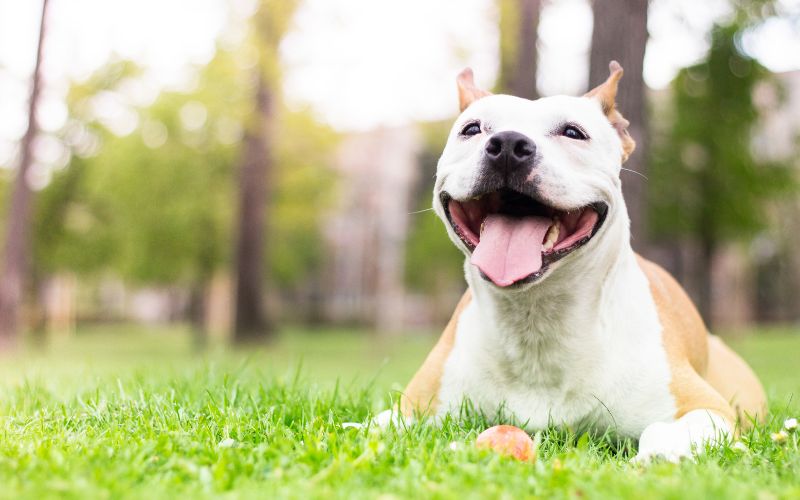 dogs understand human laughter?” class=”wp-image-20314″/>
dogs understand human laughter?” class=”wp-image-20314″/>